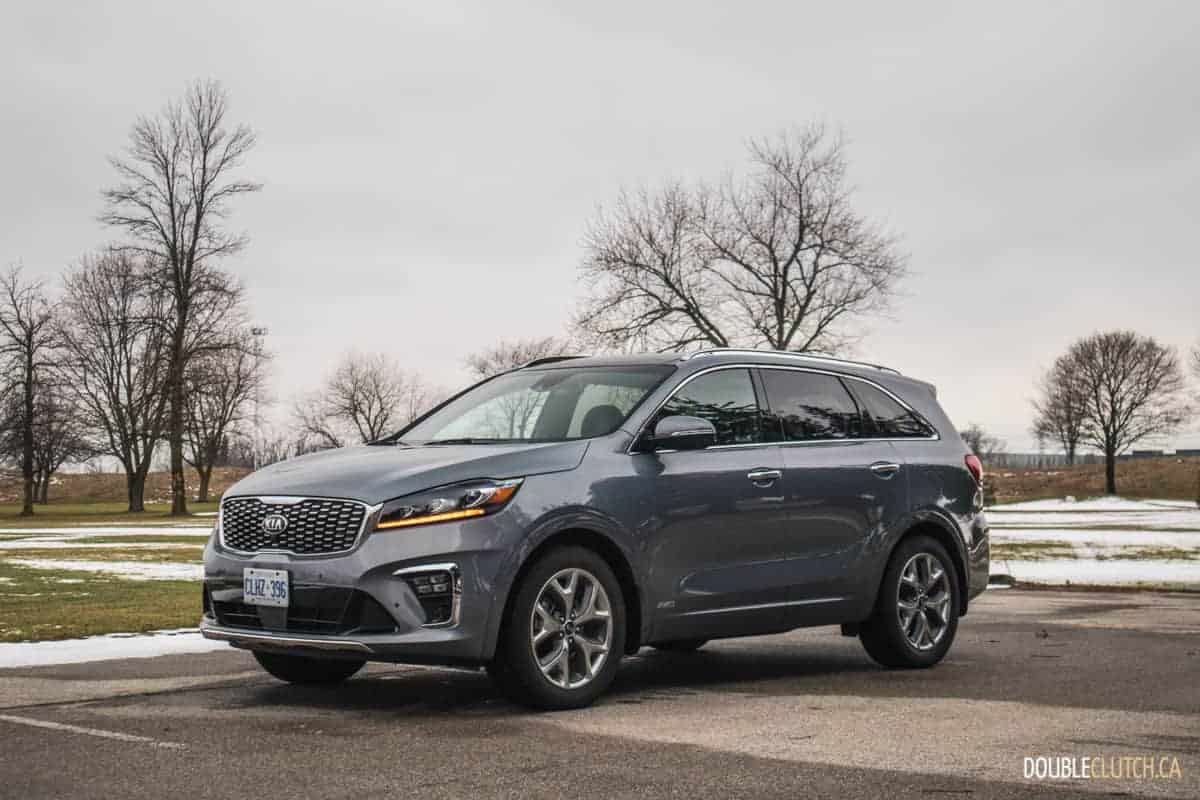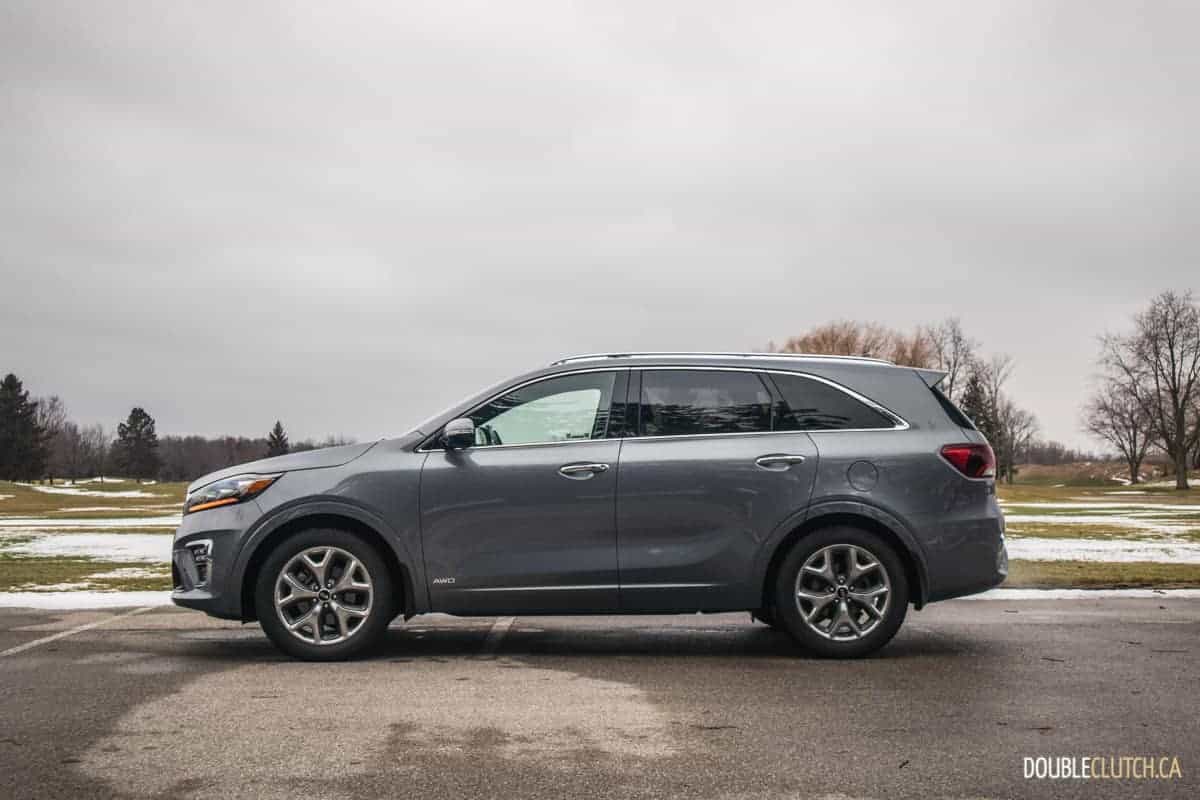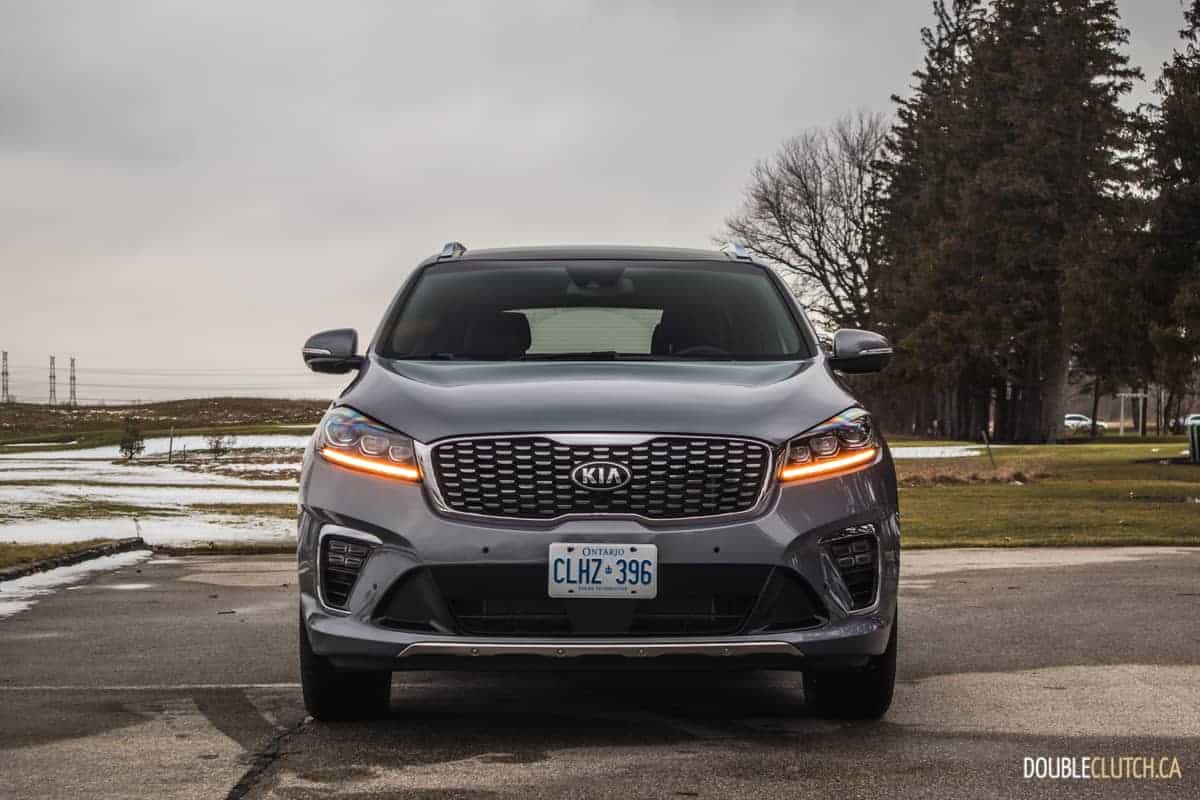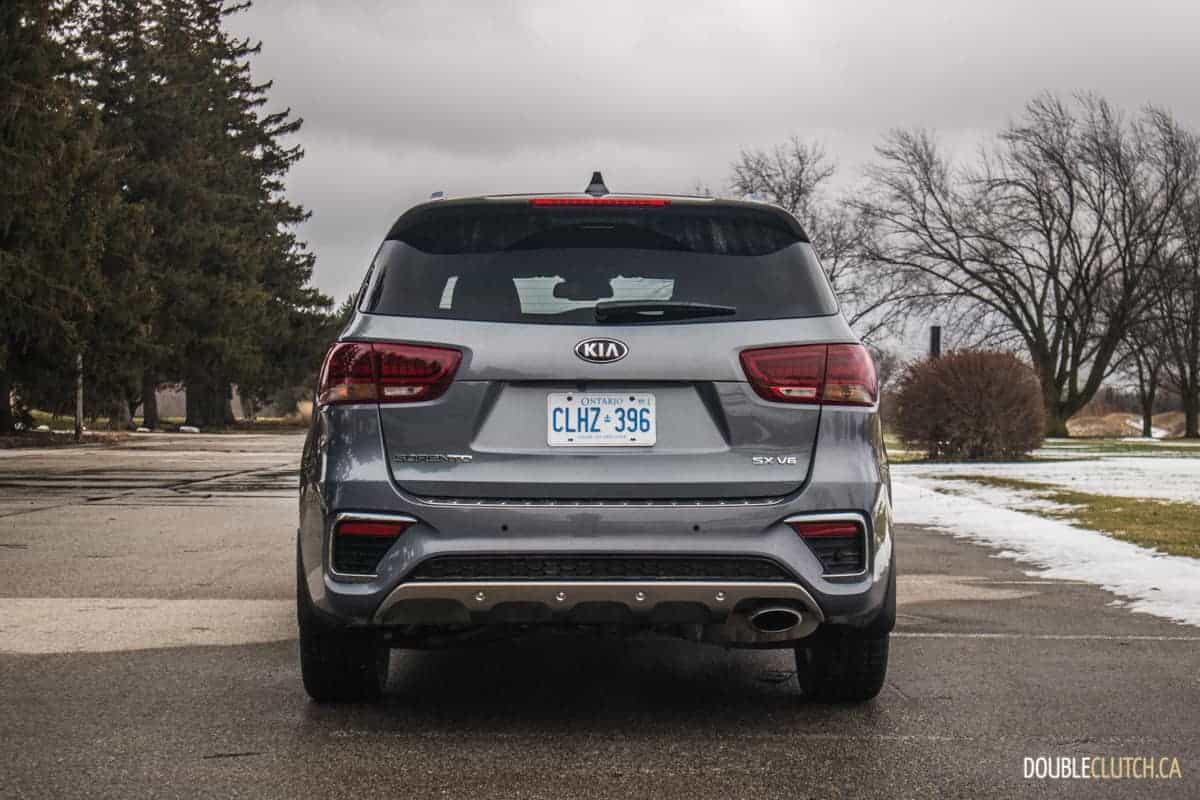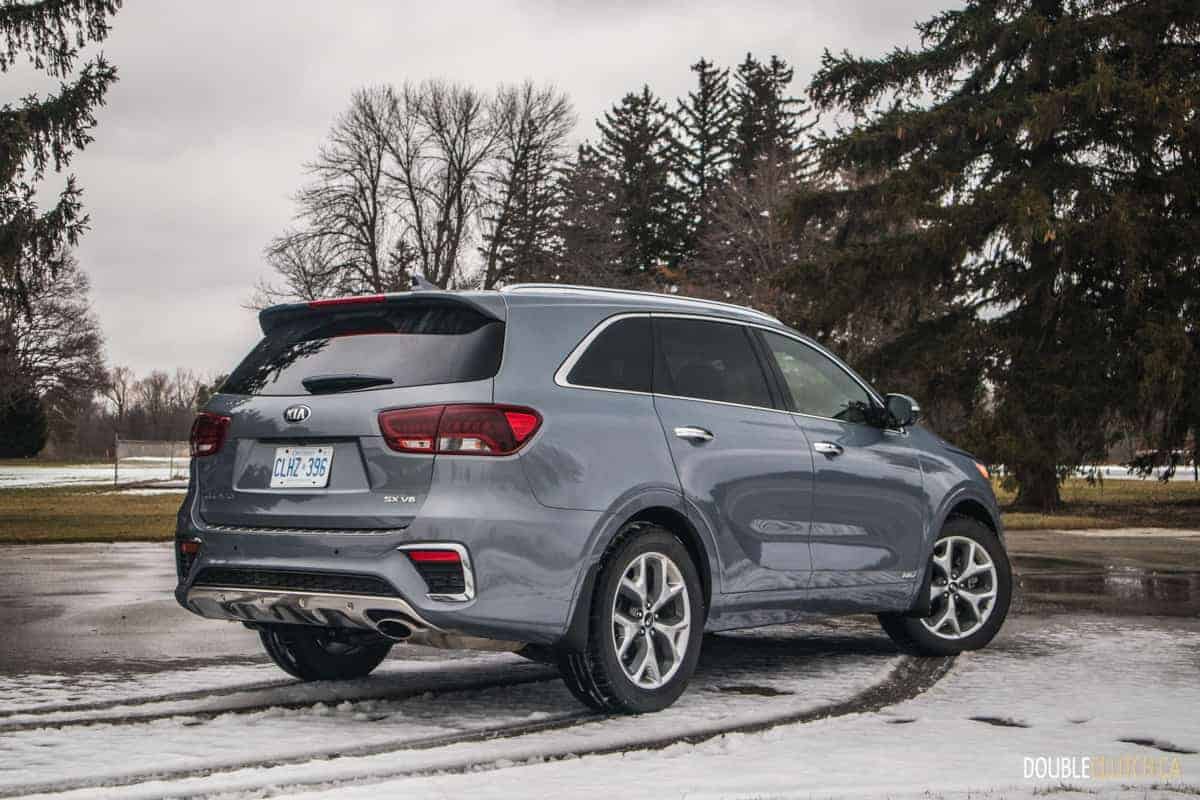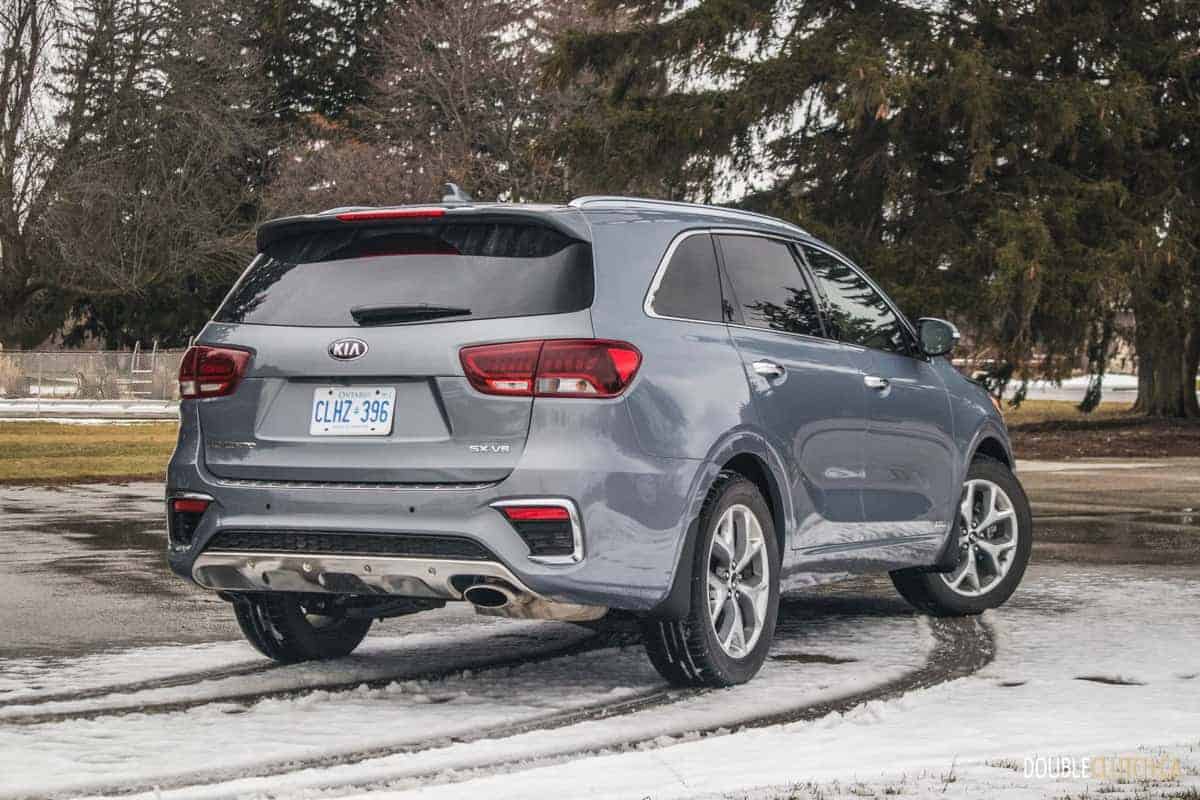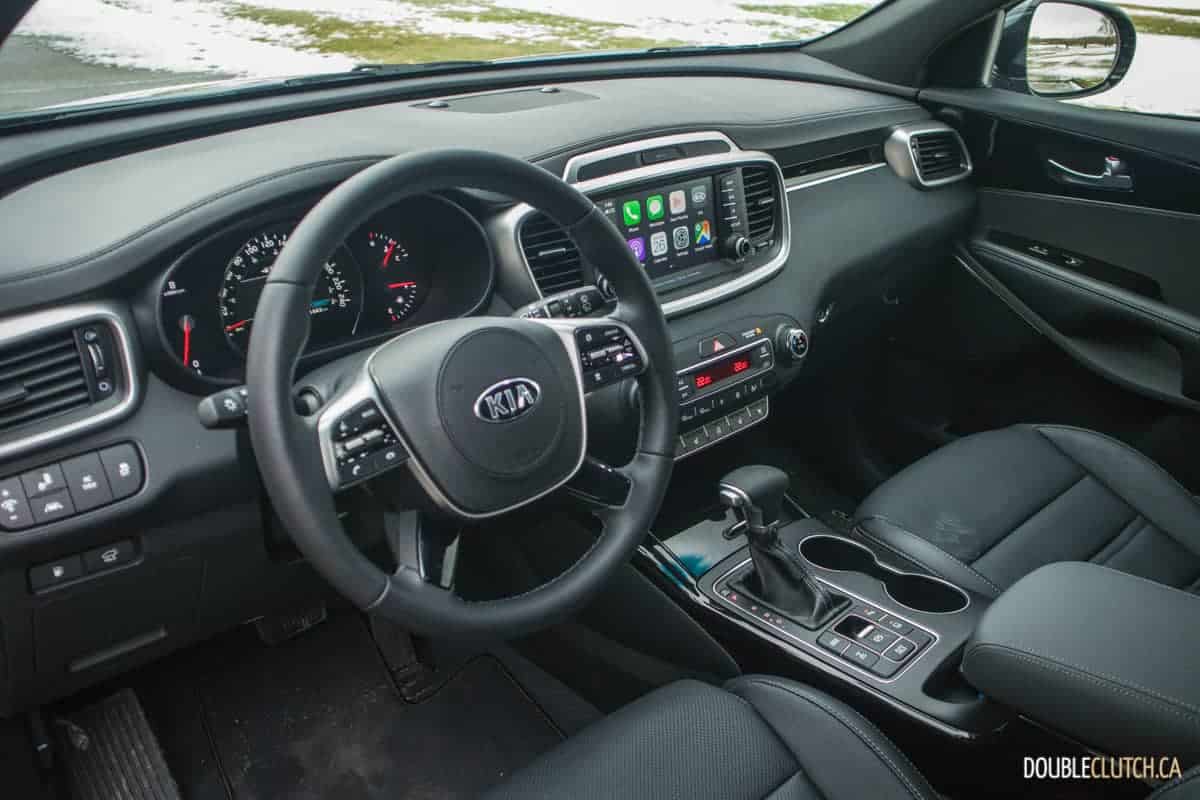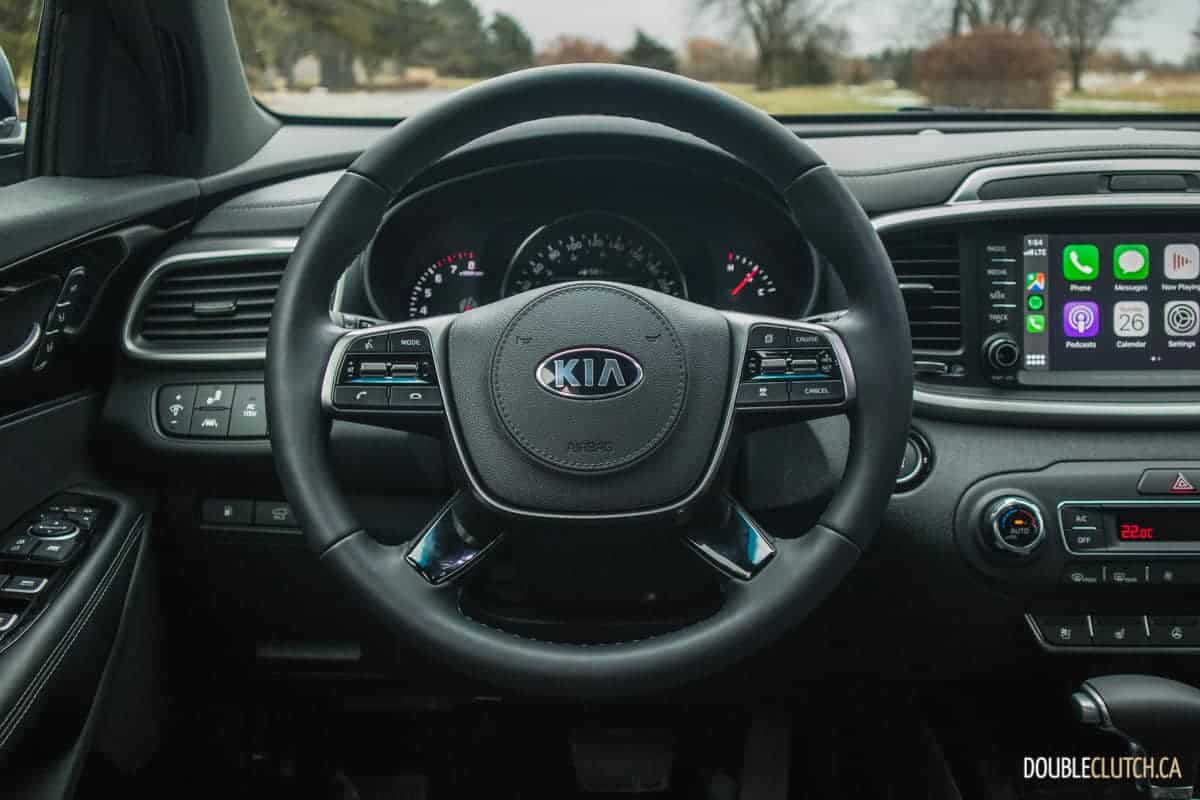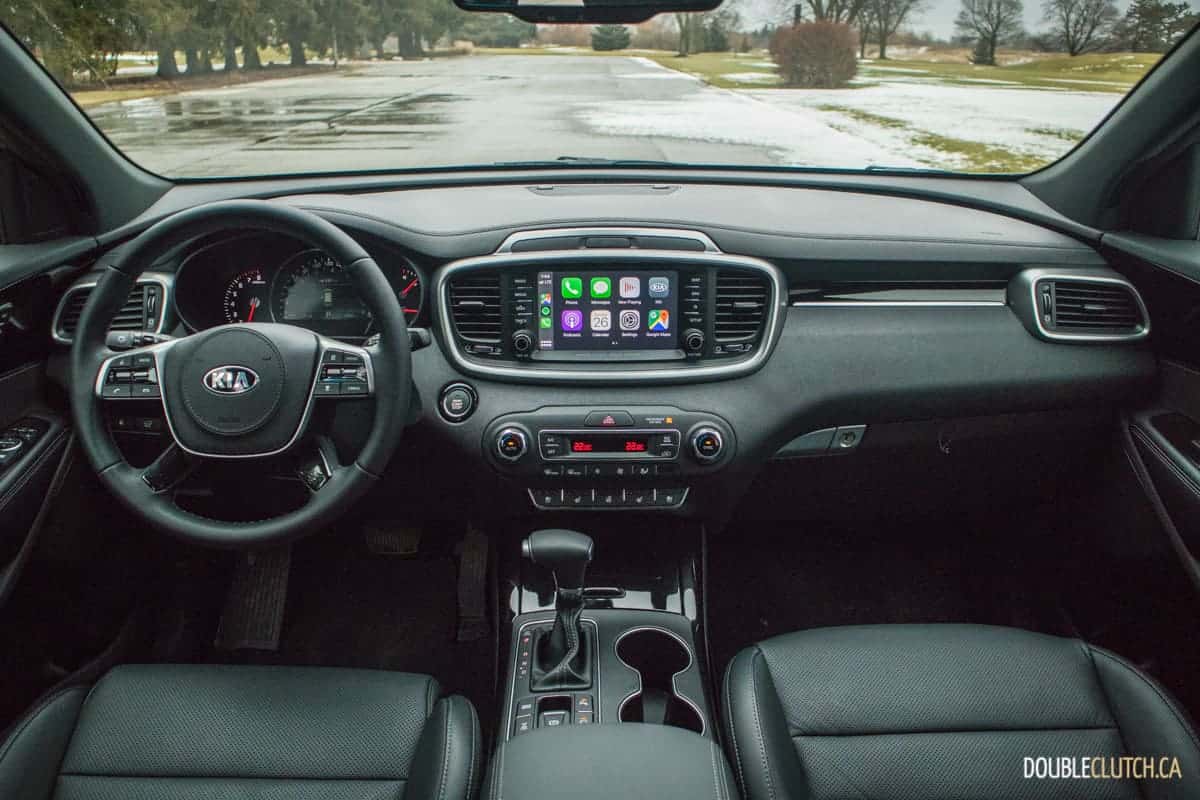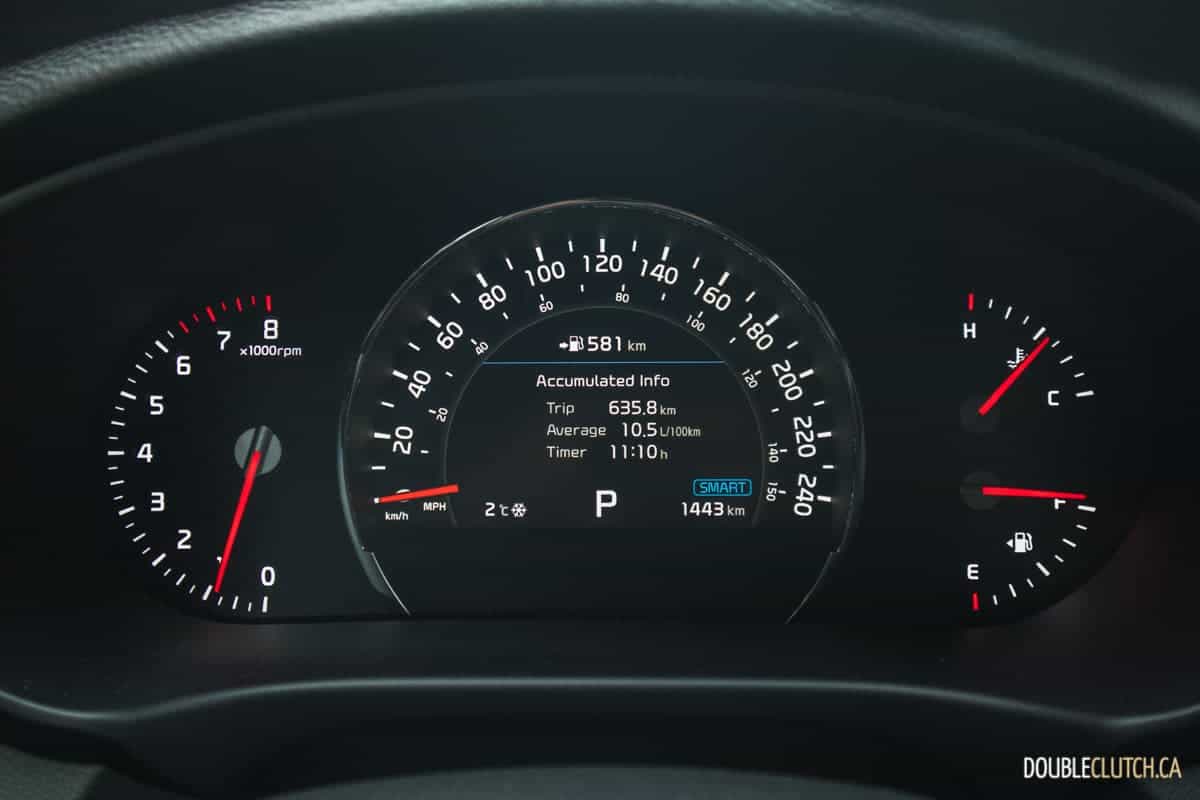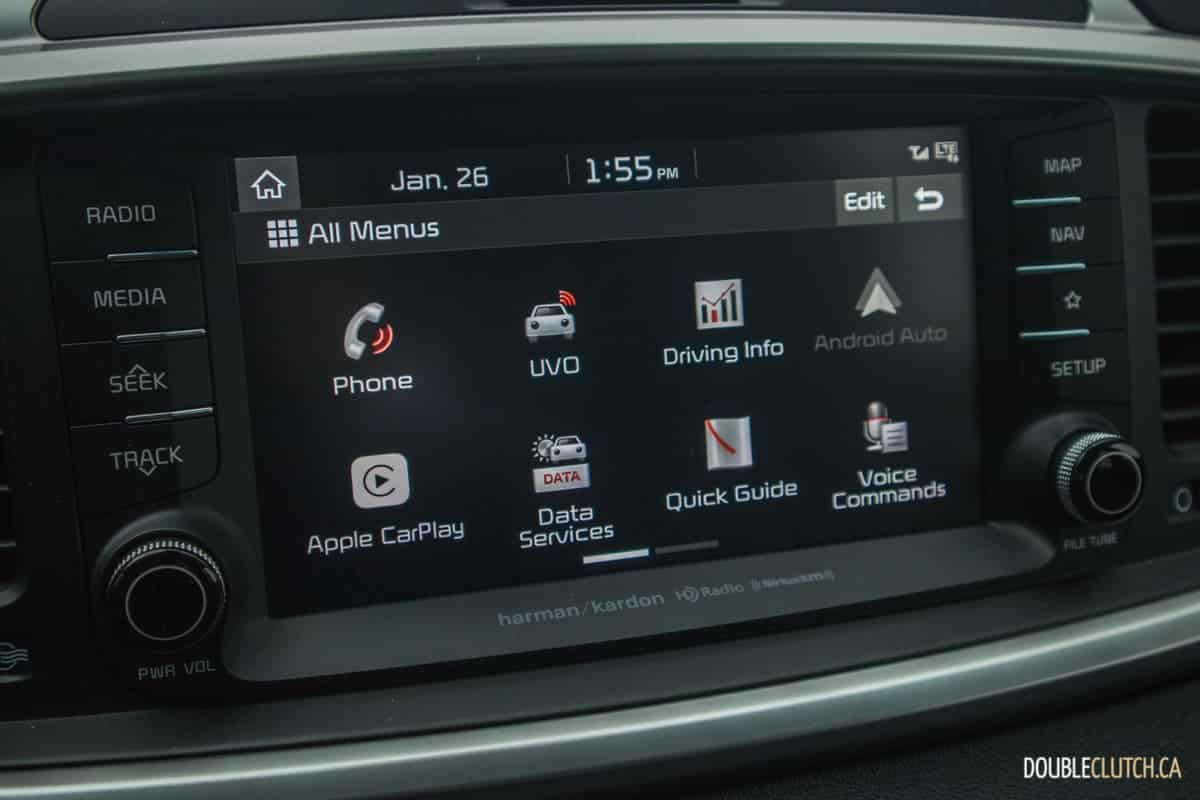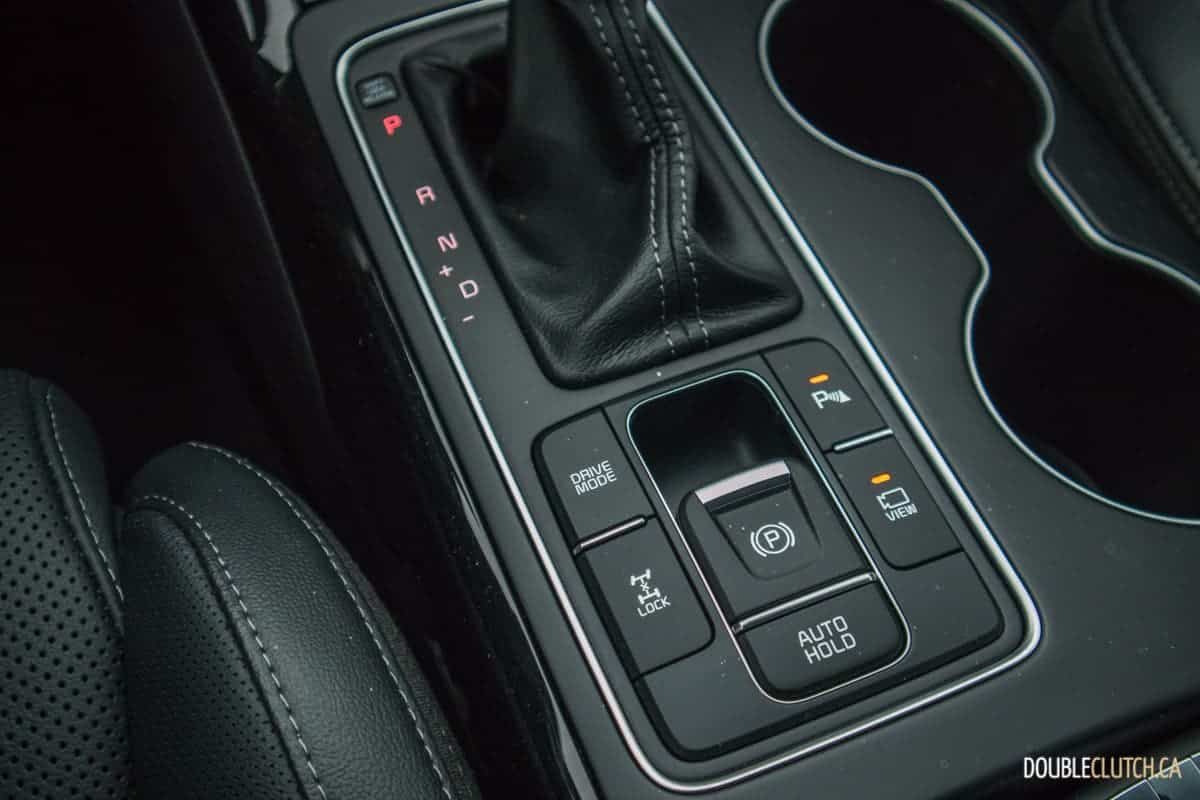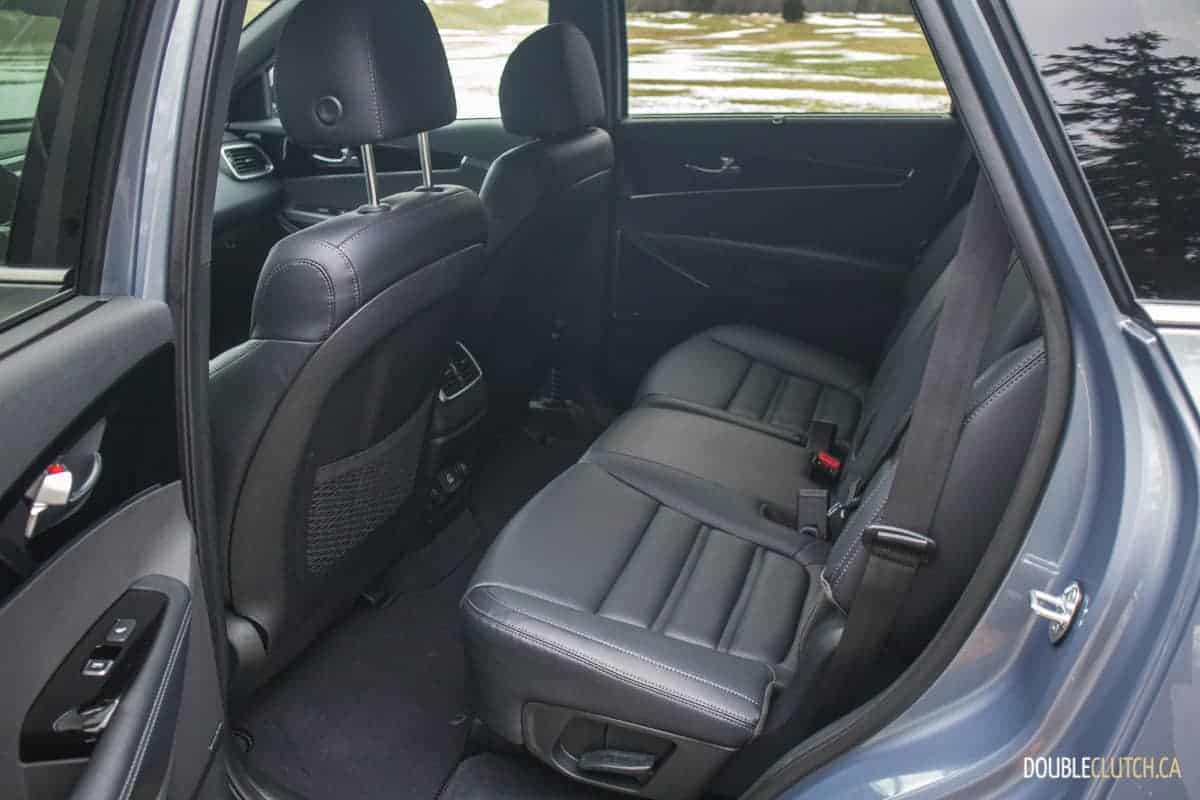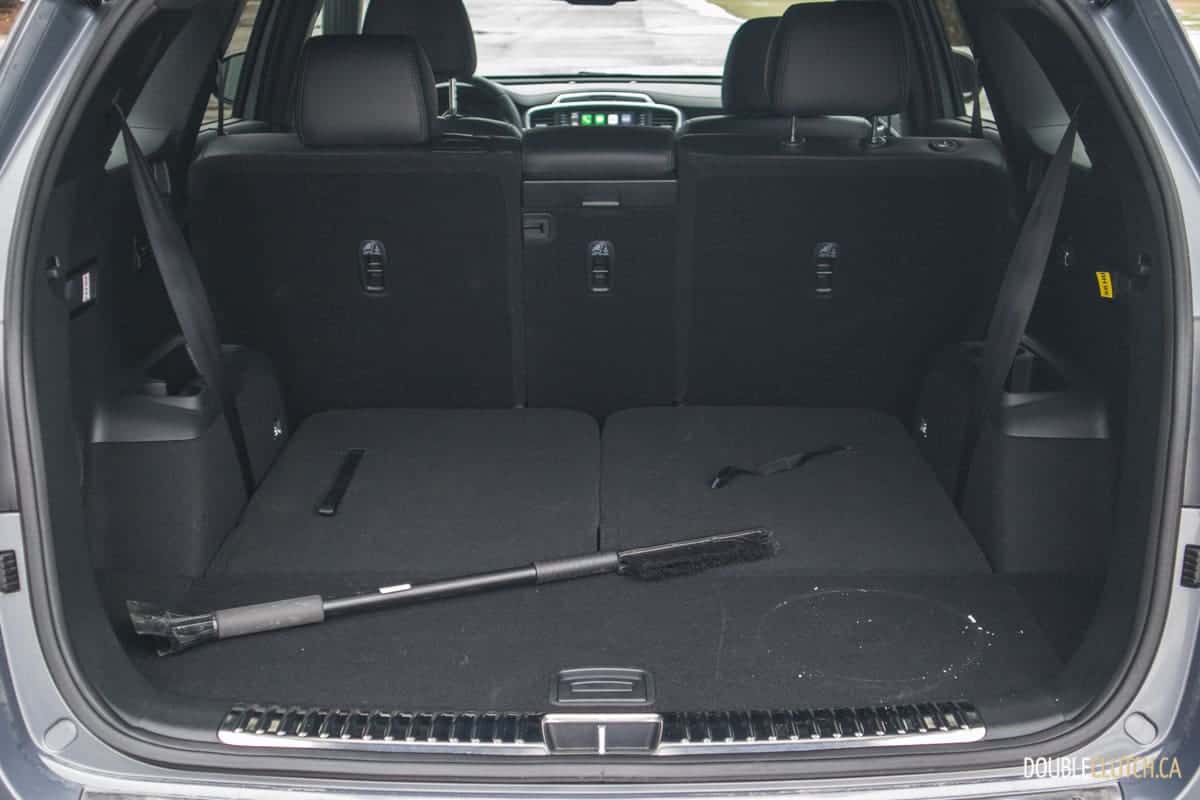We are now firmly in winter’s grips here in Toronto and that means the crossovers rule the roads. All-wheel-drive, higher ground clearance, and well-featured interiors help to keep everyone warm and safe on the roads. I’ve been through many tests within the segment this year, so it made sense to spend some time with one of our old favorites. The third generation Kia Sorento, originally launched in 2015, got a minor facelift in 2019 with a new fascia and revised lighting all the way around, and soldiers on through 2020 relatively unchanged. We tried to find out if it still stands as a top pick after a considerable amount of new competition has entered the ring.
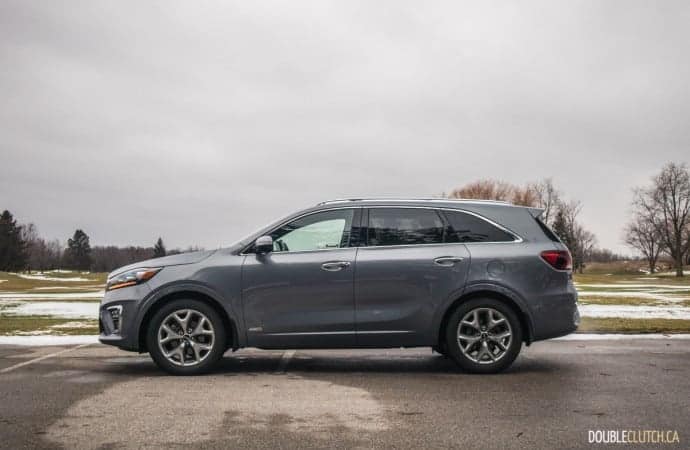
The Sorento’s styling is quite conservative, especially when compared to its close sibling the Hyundai Santa Fe (reviewed here), or its new bigger brother, the Kia Telluride, but it’s handsome in its own right. The 2019 facelift brought revised front and rear ends; being the top trim SX model our tester got LED lighting all the way around, including unique four-pod fog lamps. Ours came finished in Everlasting Grey which caused it to nearly disappear into the grey city backdrop and sea of neutral tone crossovers. It did have some nice looking 19-inch wheels and extra chrome trim including on the front grille to help brighten things up a little bit. All said, when finished in a nice black or white, the Sorento has an understated premium look that’s hard to fault.
The interior is similar in that it’s not particularly flashy, but well finished, practical, and extremely well equipped. The soft-touch rubberized dash is dominated by a 8-inch touchscreen with Android Auto and Apple CarPlay capabilities, and all controls, including those executed through the touchscreen, are simple and intuitive. The heated and ventilated front bucket seats offer plenty of support and comfort, and after a five-hour round trip my back was feeling just fine. There’s plenty of storage up front to deep door pockets, and two large storage bins in the front and rear of the center console. As the top-trim model our tester also benefited from a long list of luxury-level features including a heated steering wheel, adaptive cruise control, dynamic LED headlights and the full suite of safety and driving aids such as blind spot monitoring, lane keep assist, rear cross traffic alert and 360-degree camera.
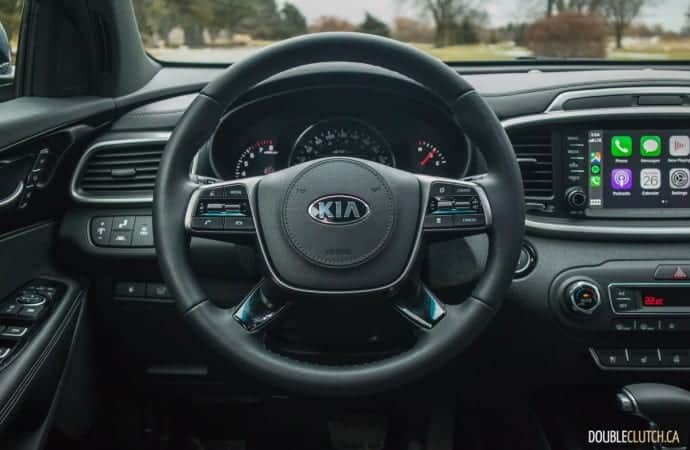
Second row passengers should be pleased as well with loads of head and leg room, adjustable split bench seating, heated outboard seats and a large panoramic sunroof that brightens up not only the front, but the rear space as well. The Sorento comes in both five and seven passenger configurations, but only the base model LX is available in the former. All other trim levels get the third row, which is certainly nice to have in a pinch but would be tight even for teenagers on a longer trip. That said, if you’re not using the third row it folds flat to reveal a large cargo area, and if that’s not enough, the split second row seats fold flat as well.
There are two engine options available for the Sorento. Lower trim levels get the naturally aspirated 2.4-liter four-cylinder, and the higher range models get the 3.3-liter V6 making 290 horsepower and 252 lb-ft. at 5,200RPM. The four comes with a six-speed automatic while the V6 gets an eight-speed automatic unit. Undoubtedly, the V6 is the engine to have and is actually one of the better engines in the segment. Despite its lack of low-end torque, the 3.3L delivers power exceptionally smoothly, responds quickly, and feels refined with no unwarranted noise or harshness.
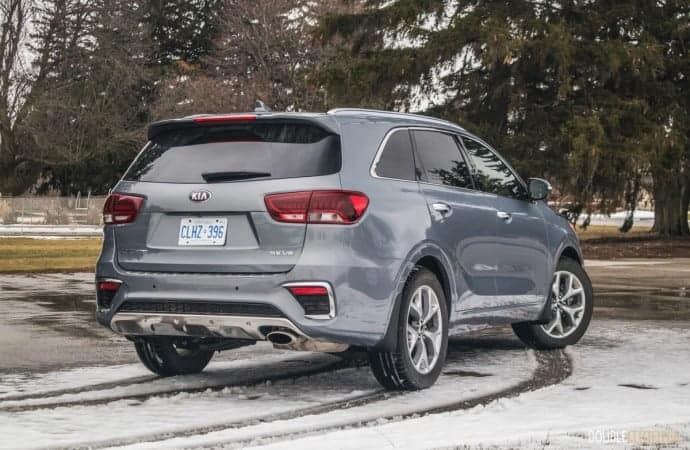
Interestingly, the Sorento’s V6 is not shared with the Telluride, which gets its own 3.8-liter version of the V6 producing one (yes, one) more horsepower and ten extra pound-feet. Despite the healthy power on tap, the Sorento isn’t fast by any means, but has enough power to get out of its own way and cruise nicely at highway speeds. If anything lets the Sorento down it’s the eight-speed transmission, which is much slower to respond than the V6 demands and tends to be resistant to downshifting, which occasionally results in frustrating acceleration.
The V6 also surprises with impressive fuel economy. On our five hour back-road excursion it averaged 9.5/L/100km and on my regular rush hour commute, we observed an average of 10.6L/100km. In real-world usage the Sorento V6 is one of, if not the, most fuel efficient V6s in the segment, and it’s perfectly happy on regular grade fuel. It’s really hard to ask anything more than this from a V6 AWD platform.

From behind the wheel the Sorento is rather true to the mission of comfort and capability; so don’t expect anything sporty. The steering is very light, and the suspension is soft, which keeps the ride comfortable. What you’re left with is an SUV that’s not trying to be something it isn’t, rather focusing on what it is; a comfortable, quiet and composed family hauler. Additionally, the Sorento offers some real capability in the form of a 5000-pound tow rating and, in all but the most basic trim, and Dynamax™ Intelligent All-Wheel Drive with an electronic locking transfer case. There are four different drive modes you can select; Comfort, Eco, Sport and Smart. “Smart” is where I kept it for most of my driving as it anticipates conditions and driving style and optimizes tuning accordingly.
Ultimately, the Sorento delivers a very relaxing and agreeable driving experience, whether you’re melting away highway miles, or doing battle in the city. I’d even go as far as saying that it’s better to drive than its larger brother the Telluride, with quicker response to inputs and more confident on-road feel versus the Telluride’s slightly lumbering handling.
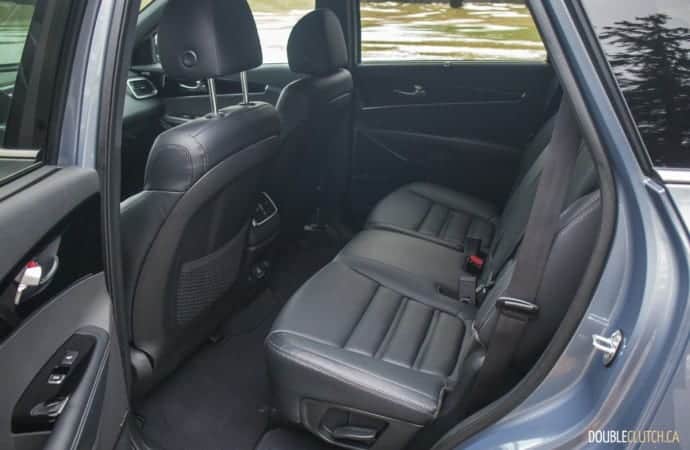
Now, where the Sorento really seals the deal for a lot of buyers is with its pricing. Despite the fact that it has crept up over the years, you can still get into a base model Sorento with the four cylinder, all-wheel-drive and a decent set of gadgets including smartphone integration at $30,995. The V6 starts at $36,095, which also adds the third row, and you can upgrade to leather, a panoramic roof and power liftgate in the EX trim for $39,195. If you stop here you’d be hard pressed to find a better equipped family hauler, but if you’re looking for the luxury gadgets like we got in our tester vehicle you’ll need to step up to the EX+ at $43,245 or the SX like our tester for $46,345. Admittedly, the SX is getting a bit pricey, but if you can live without the upgraded leather, LED lighting and chrome exterior accents, the EX offers strong value. By comparison, the larger Telluride starts at $44,995 and would run you $49,995 for a similarly equipped SX model.
It’s hard not to appreciate the Sorento as a no nonsense, capable, refined family hauler. The smooth V6 is likely to provide faithful service for many years to come, can be packed with just about every luxury gadget out there, and can be had at a price that won’t have you wincing every time the kids jump in with snow on their boots.
See Also:
2019 Honda Pilot Touring AWD
2020 Kia Telluride SX
2020 Subaru Ascent Convenience


